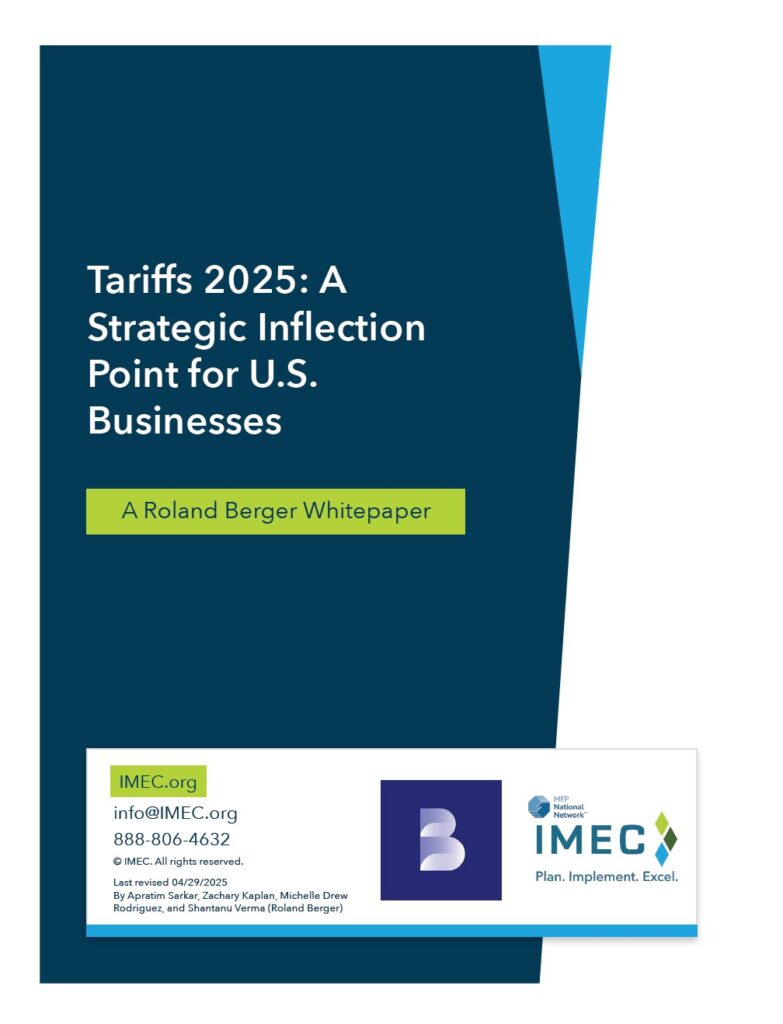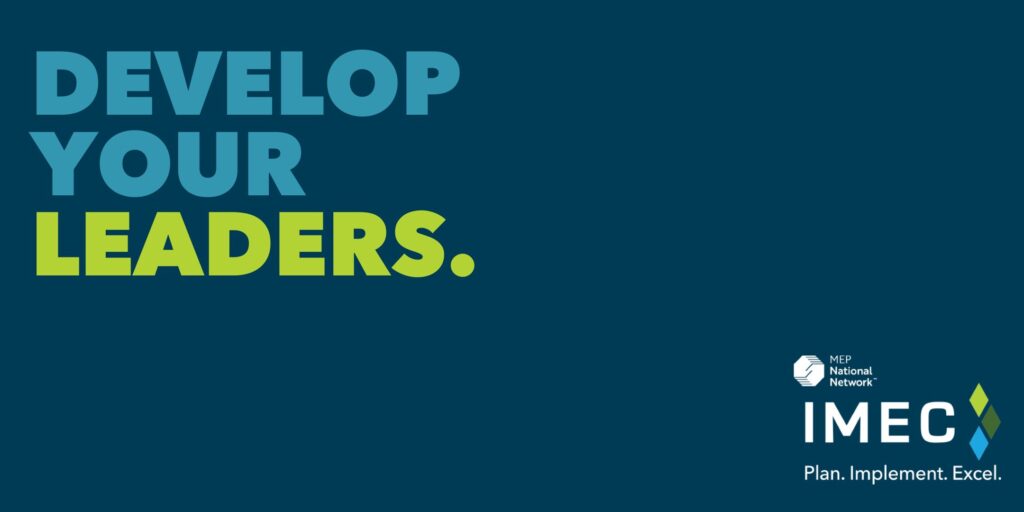Let’s talk about risk management—not as some compliance checkbox but as a powerful tool that can help your business run smoother, safer, and more efficiently. If you’re looking into ISO certification—whether it’s ISO 9001 (Quality), ISO 14001 (Environmental), or ISO 50001 (Energy) risk management is at the core of these standards.
But here’s the thing: ISO isn’t just about avoiding problems. It’s about finding opportunities to improve. Sure, some clients might require you to be certified to do business with them, but once you invest in it, you’ll realize it’s not just a requirement—it’s a game-changer for how you operate.
Risk Management in ISO: A Proactive Approach
Risk management inside ISO standards means you’re not just waiting for things to go wrong. Instead, you’re:
- Identifying potential risks before they become issues
- Assessing the likelihood and severity of those risks
- Mitigating negative effects while maximizing opportunities
- Monitoring and enhancing actions taken to continually improve
ISO standards are designed to help you get ahead of problems, not just fix them after they happen. That’s why they focus on a risk-based approach—because preventing issues is always cheaper and easier than cleaning up after them.
How Risk Management Plays a Role in Key ISO Standards
ISO 9001:2015 – Quality Management (The Industry Standard for Manufacturing)
Every manufacturer should be thinking about ISO 9001 because quality is everything. This standard helps you manage risks related to:
- Product defects → Reduce waste and rework
- Customer complaints → Improve satisfaction and loyalty
- Process inefficiencies → Streamline operations for better results
Instead of waiting for a customer to call with a problem, ISO 9001 helps stop quality issues before they happen—saving you time, money, and frustration.
ISO 14001:2015 – Environmental Management (Sustainability & Compliance)
For businesses dealing with environmental regulations, ISO 14001 makes sure you’re managing risks tied to:
- Regulatory compliance → Avoid fines and legal trouble
- Sustainability goals → Reduce waste and energy costs
- Public perception → Show customers you care about sustainability
Companies with strong environmental practices often stand out in their industries—and ISO 14001 can help you build that reputation.
ISO 50001:2018 – Energy Management (Optimize Energy Performance)
Optimize energy performance, reduce energy consumption, and lower greenhouse gas emissions while promoting sustainability and cost efficiency
- Energy Efficiency → Reduce energy costs
- Environmental Responsibility → Contribute to efforts in reducing greenhouse gas emissions
- Public perception → Show customers you care about the environment
Organizations can make measurable improvements while demonstrating their commitment to a sustainable future.
ISO Certification: Think of it as an Investment, Not an Expense
A lot of businesses hesitate to go for ISO certification because they think it’s too complicated or too expensive. But here’s the reality—it’s not as overwhelming as it sounds.
The best place to start? A GAP analysis.
What is a GAP analysis? An assessment that identifies:
- Where the business already meets the standard
- Where there are deficiencies that need improvement
- Steps required for full compliance and/or certification
From there, IMEC can help you implement the changes, train your team, and get you set up for success.
ISO Certification: Opening Doors for Business Growth
Here’s the bottom line: ISO certification isn’t just a box to check—it’s a tool to help you grow.
- It helps you win contracts (because many clients require it).
- It makes your business run more smoothly (because risk management = fewer problems).
- It drives continuous improvement (so you stay ahead of competitors).
If you’re thinking about ISO certification or just want to understand how risk management can make your business better, IMEC is here to help.




